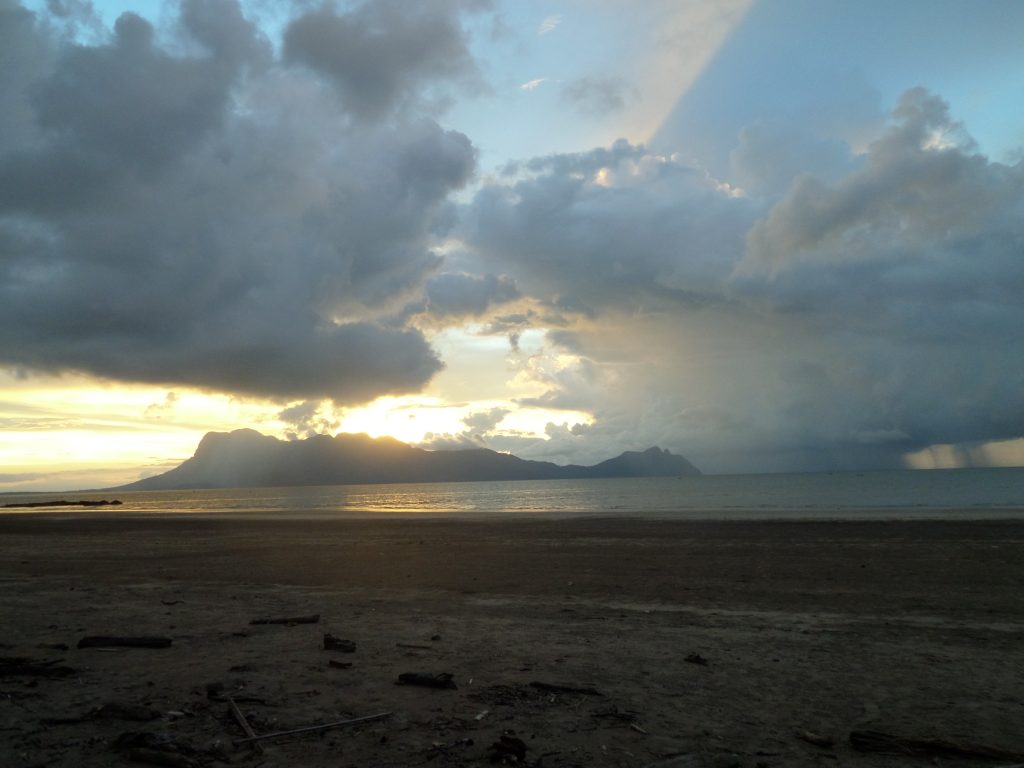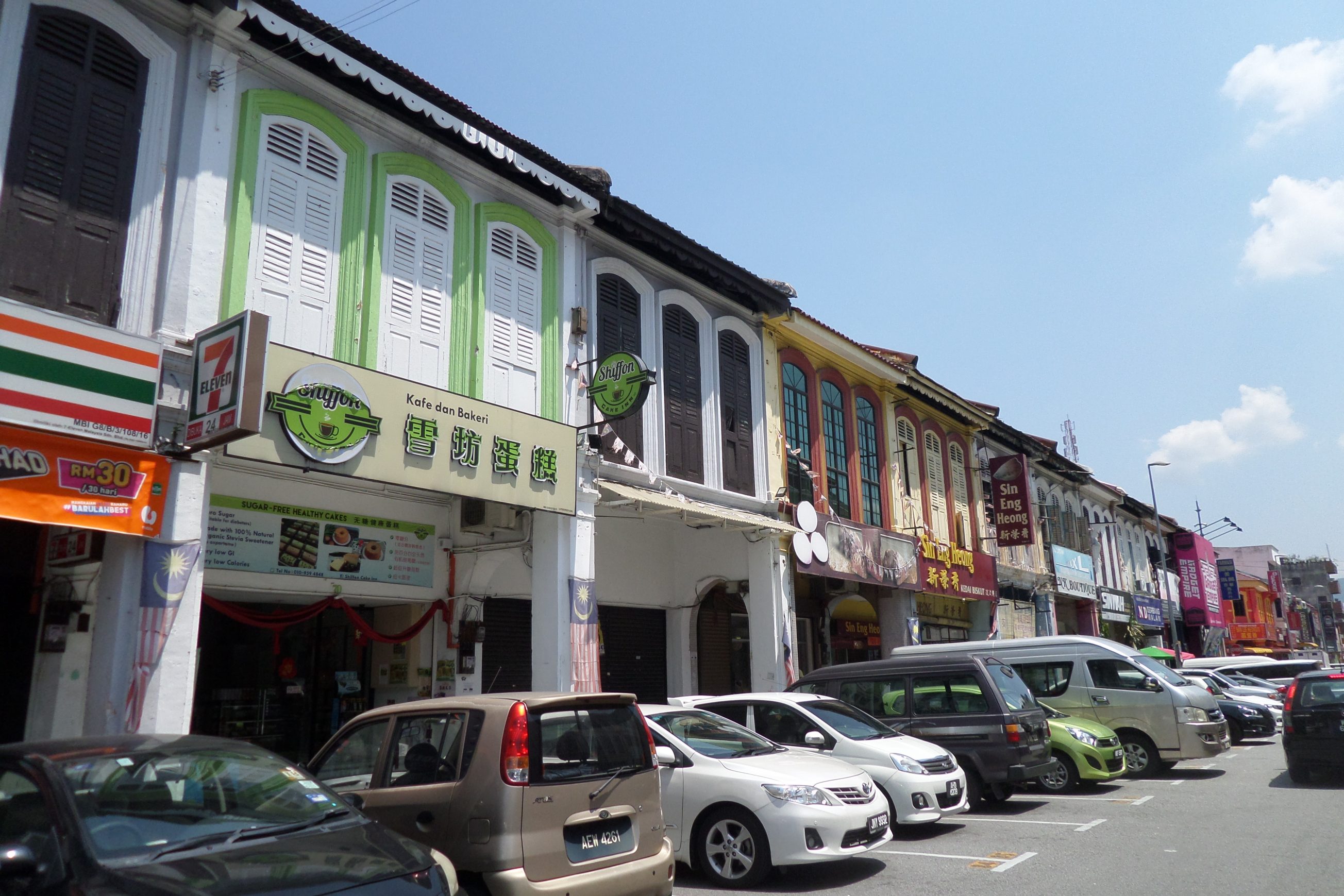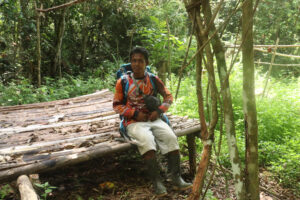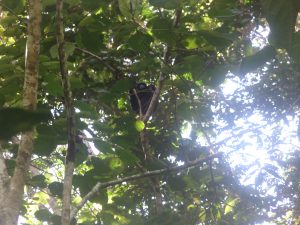1. What is Bako National Park, where is it and why should you visit?
Bako National Park is one of the more famous nature parks in Borneo. It is a rather small area, about 30 square kilometres, but of course that is more than enough for hikers and people interested to see some tropical wildlife and vegetation. If you are in Kuching, Bako is a must. There are some more famous and more exciting spots in Borneo, but for that, you will have to travel further, I did enjoy Bako a lot, especially because this was my first time in a “real” jungle. Before that, I had only seen the small national park in Penang (and yes, I also enjoyed that a lot). But later, I went to Gunung Mulu and other jungles in the tropics, and I have to confess, there are other, even more interesting places than Bako. But this of course doesn’t mean that Bako is not great – it is, and it is certainly worth visiting!
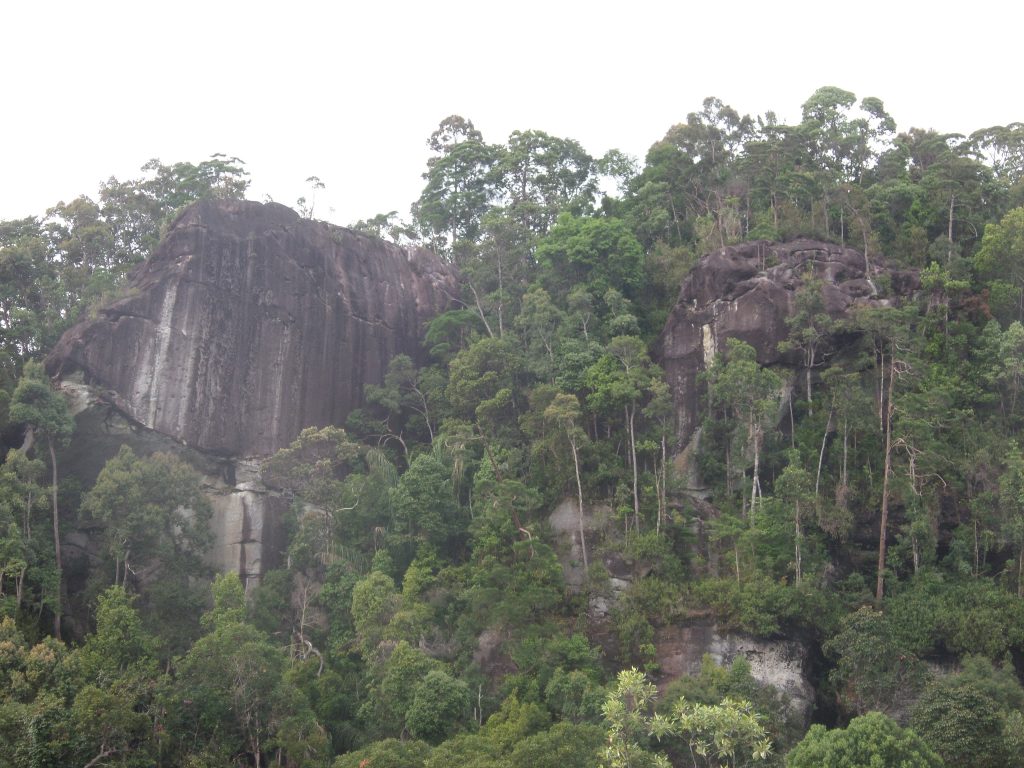
Kuching for Digital Nomads
How good is Kuching for digital nomads? Read my rating of Kuching in different categories, with practical info and tips.
2. What to do and see in Bako National Park?
In the park, there are several trails for hiking, which are clearly marked. At the beginning, there are nice wooden pavements to walk on, but then it gets a little rough. Some trails are easier than others, but all of them will require at least a little climbing clinging to roots and lianas at some points. I selected the easier ones, and even there, I got a little tired. But when I saw a group of elderly people coming, some of them with walking sticks, I said to myself, shame on you 🙂
You can get information about the trails at the park headquarters, but also on the website of the park. This latter is perhaps better and more detailed, and you can also decide which one you want to do before you actually get to the park.
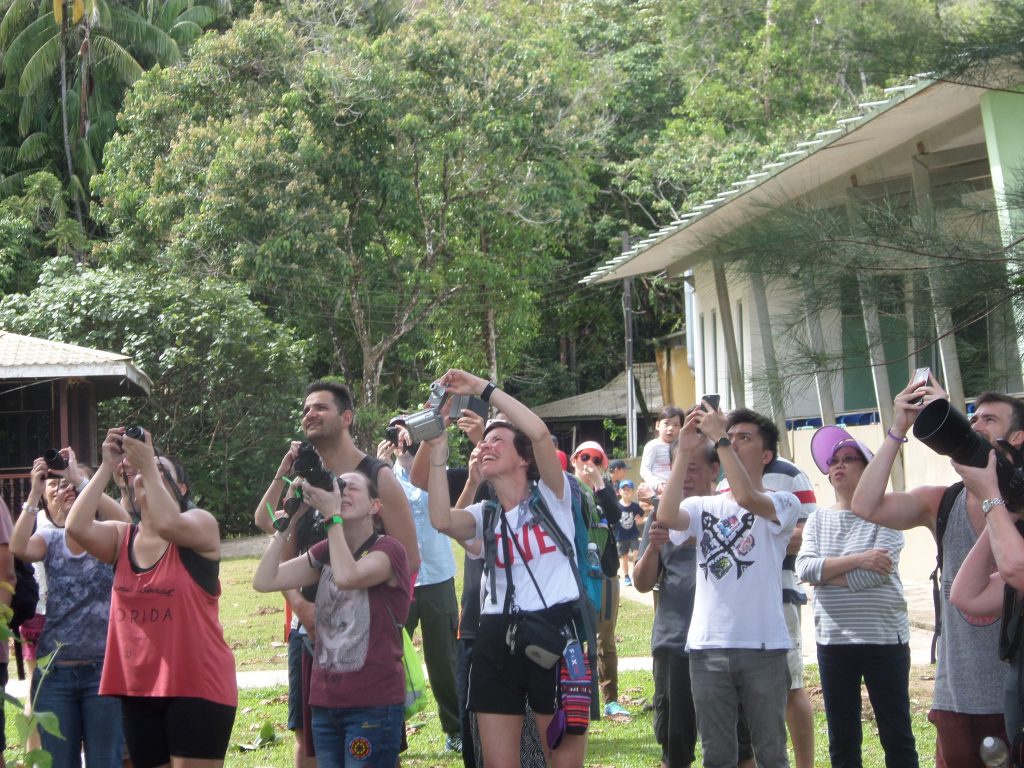
2.1 Plants
First of all, you will see lots of interesting tropical plants. For me, this is something I can never get bored of. I am always surprised how people rush through the forest not looking anywhere, and only noticing things that move. I recommend walking slowly, and examining some of the plants around you. Not only the huge trees and gigantic lianas, but the smaller plants on the ground, too. You will be surprised how pretty/strange/interesting most of them are.
2.2 Proboscis monkeys
As for wildlife, you are very likely to see some of the animals that are only found here on the island of Borneo. The most famous of them is the proboscis monkey, who will jump around over our head just about everywhere, even next to the restaurant or your bungalow. They are very cute and very interesting with their huge noses. One interesting thing about them (or better to say: about the local people and those bastards, the colonisers) is that their name in Malay/Indonesian is “monyet belanda”, which means “Dutch monkey”. And that, it is said, is because local people saw a striking similarity between the big-bellied and big-nosed Dutch colonisers and the big-nosed and big-bellied monkey that they were very familiar with already. So what happened is actually the poor monkey got renamed by locals. (Not officially, though, it is called “bekantan” in Indonesian today).
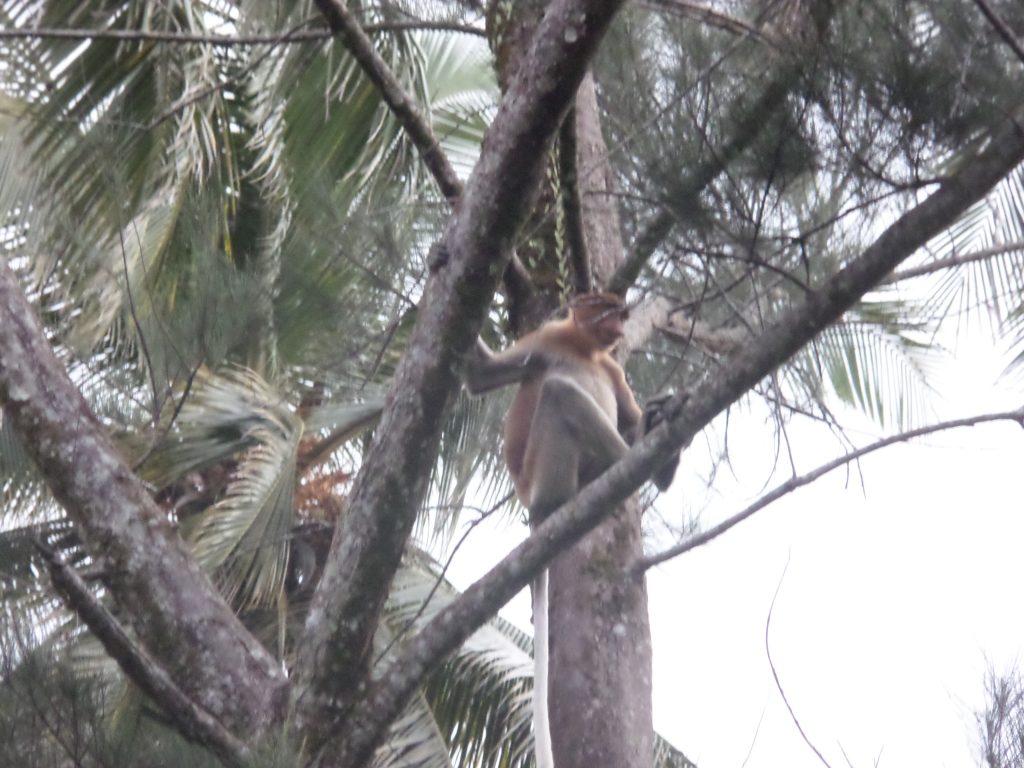
2.3 Bearded pigs
Another animal which is only found in Borneo, and which you will definitely see everywhere on the beach and around the restaurants is the Bornean bearded pig. They are absolutely not dangerous, but it is not advisable to go and touch them – a general rule for wild animals, of course.
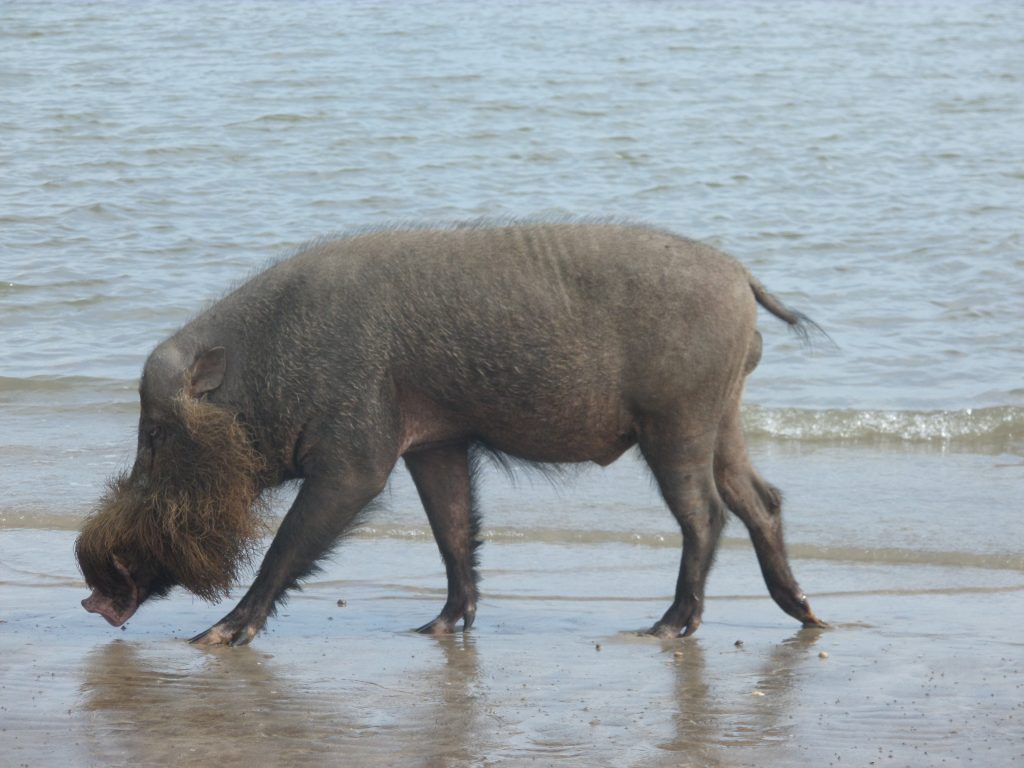
2.4 Mangrove
You will find a large area with mangrove swamps, which are home to a lot of small animals. I loved sitting there and watching them. In the jungle itself, you are not likely to see larger animals except the proboscis monkeys, but you can see a lot of smaller ones, especially if you stay for the night and go for the night walk (see below).
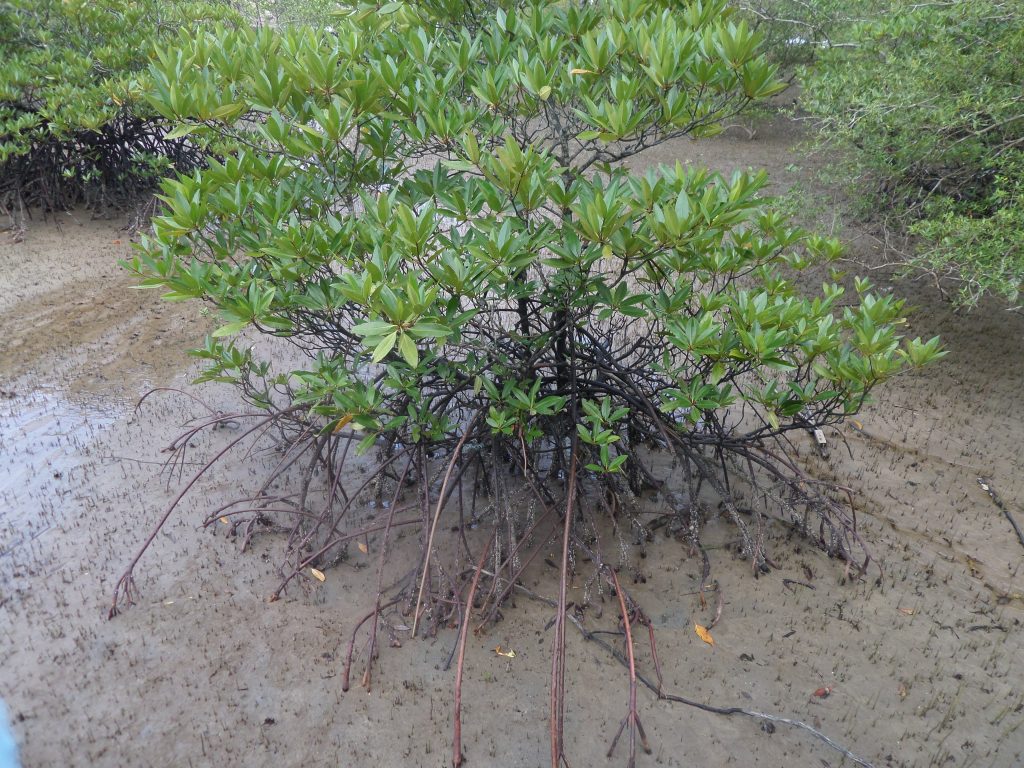
2.5 Macaques 🙁
Unfortunately, there are a lot of macaques, too. I wonder if anyone likes them. If you have never seen or met them yet, you may be tempted to go closer and even touch them, because they do look cute. But you have to now, that they are a hundred percent used to humans, and they are not a nice company. They will try to steal your bag, your water bottle or anything else you are carrying, and if they are not successful, they will also attack you. Monkey bites are not rare, and they are very dangerous (not to mention painful). I have seen scenes where a family with children were attacked by macaques. One useful tip: never carry plastic bags if there are macaques nearby – they will suppose you are carrying food in them, and they will definitely try to steal them from you.
2.6 The Night Walk
You can register for the night walk, which happens every night, except in heavy rain. The tour costs 10RM, and starts at 8pm. It lasts about 1,5 hours. There were about 10 of us, and we had a very good guide, who explained a lot and told us interesting facts about certain plants and animals. We say quite a lot during the walk, including a sleeping bird, a “flying squirrel”, a snake eating another snake, stick insects, spiders and lots of other smaller animals. Of course the information you get from the guide is essential to enjoy it all. I have since taken part in other jungle night walks, but this one in Bako is still the best. I suppose, it also depends on who your guide will be.
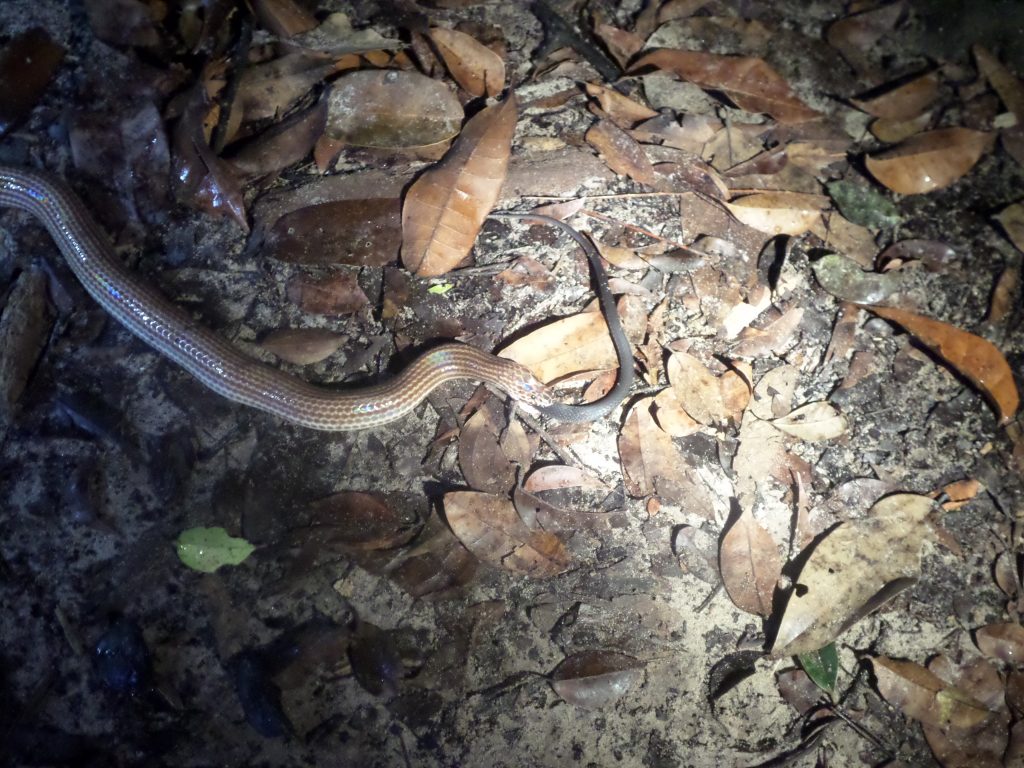
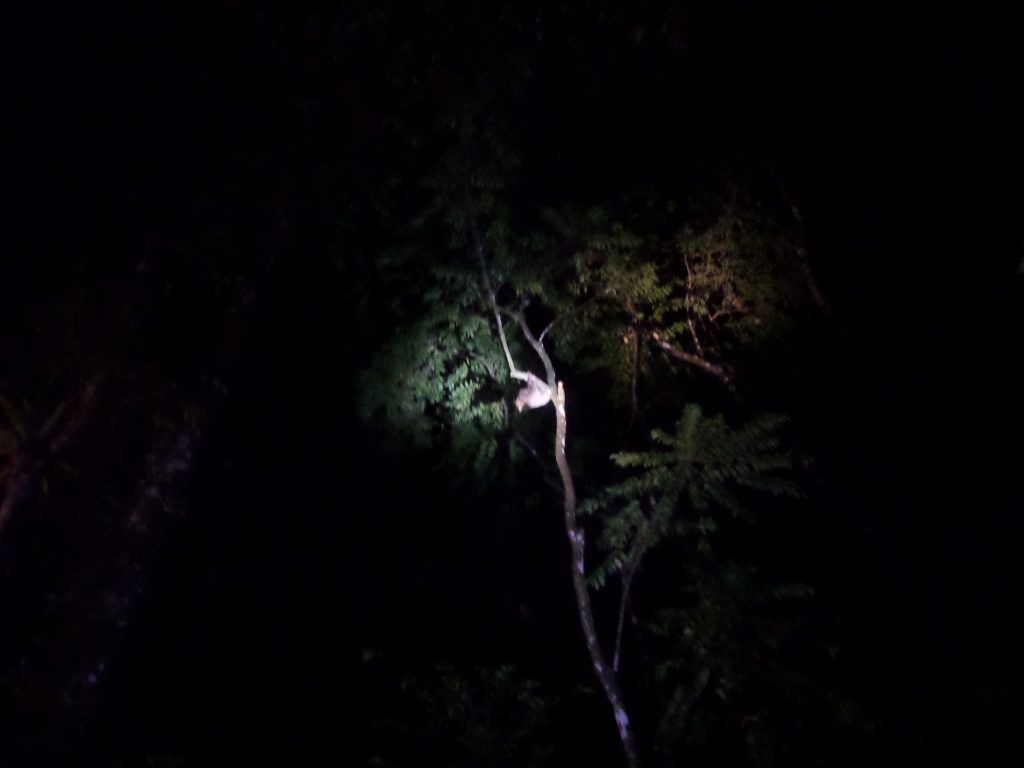
3. How to get to Bako National Park and back to Kuching?
Bako National Park is near Kuching.
See my more detailed post about what to do and see in Kuching
There are public buses from Kuching city centre to Bako. The bus terminal is near the wet market and the city mosque. Buses leave every hour starting a 7am. They are clearly marked. When I was travelling, there were actually two tourists who waved to the bus somewhere in the city, and it did stop for them – but don’t rely on this. The ticket is about 3-4RM one way. If you decide to take a taxi, it may cost at least 60RM. There are minibuses, too, they leave not far from the bus terminal in Kuching. The journey by bus will be about one hour, and it will be much less using a minibus or a taxi. The last bus from Bako back to Kuching is at 6pm – but please double check with the registration office staff, when you arrive there.
You will arrive at the jetty in Bako village, which is not the National Park yet. At the jetty, you will have to register and pay the park entrance fee (about 10RM). From here, you will need to take a boat to Bako National Park (20RM one way). It is a longish ride, about 20 minutes, in a dilapidated tiny boat. During low tide, you will have to walk a little to the park headquarters on foot (remove your shoes – there will be places at the park entrance where you can wash your feet).
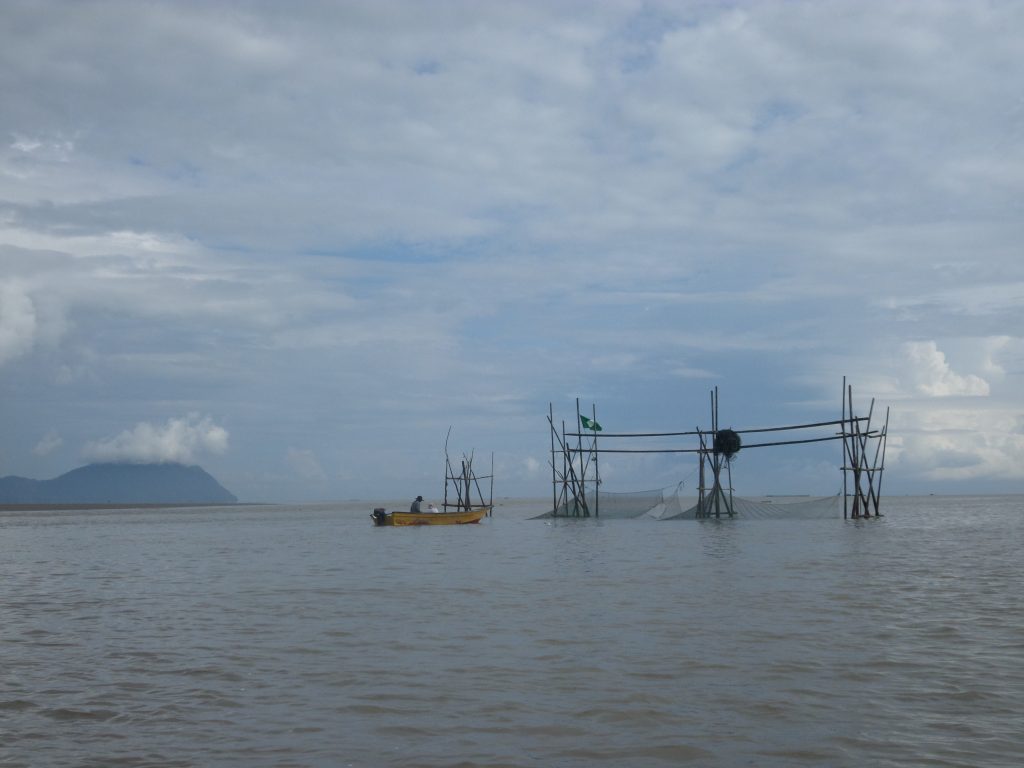
Boats leave when there are enough people, but I didn’t have to wait more than ten minutes. Back to Bako village, boats don’t leave very often. The first one was at 11am. There is a ticket office next to the park headquarters, near the restaurant, where you can buy your ticket (but you can also buy a return ticket at the village). If you do a day trip, the last boat from the park to Bako village is at 3pm, which is perfect for you to catch a bus back to Kuching at 3.30pm.

4. Staying in the park overnight
A day trip to Bako is actually not more than a few hours, because you must get there and get back to Kuching. Even if you start very early at 7am from Kuching, and take the last boat back in the afternoon, you will only have a short time to explore the jungle.
If you have time, I strongly recommend that you should spend (at least) one night in the park. That way, you are not going to feel rushed, you can have a lazy meal in the restaurant (not a very good one, but usable), and most importantly for some, you can go on the night walk.
Accommodation options are limited, to say the least. Actually, there is one single option 🙂 You can book a room at the Sarawak Forestry website at the park hostel. On the website, find “Online booking”, which will open a new page. You don’t have to pay online if you don’t want to, you can pay cash on the spot at the registration in Bako village (not the park headquarters!) when you arrive. One room (for 3 or 4 people) costs 100RM, but there are other options, too, explore them on the booking page. Book ahead though, because they don’t have too many rooms available.
